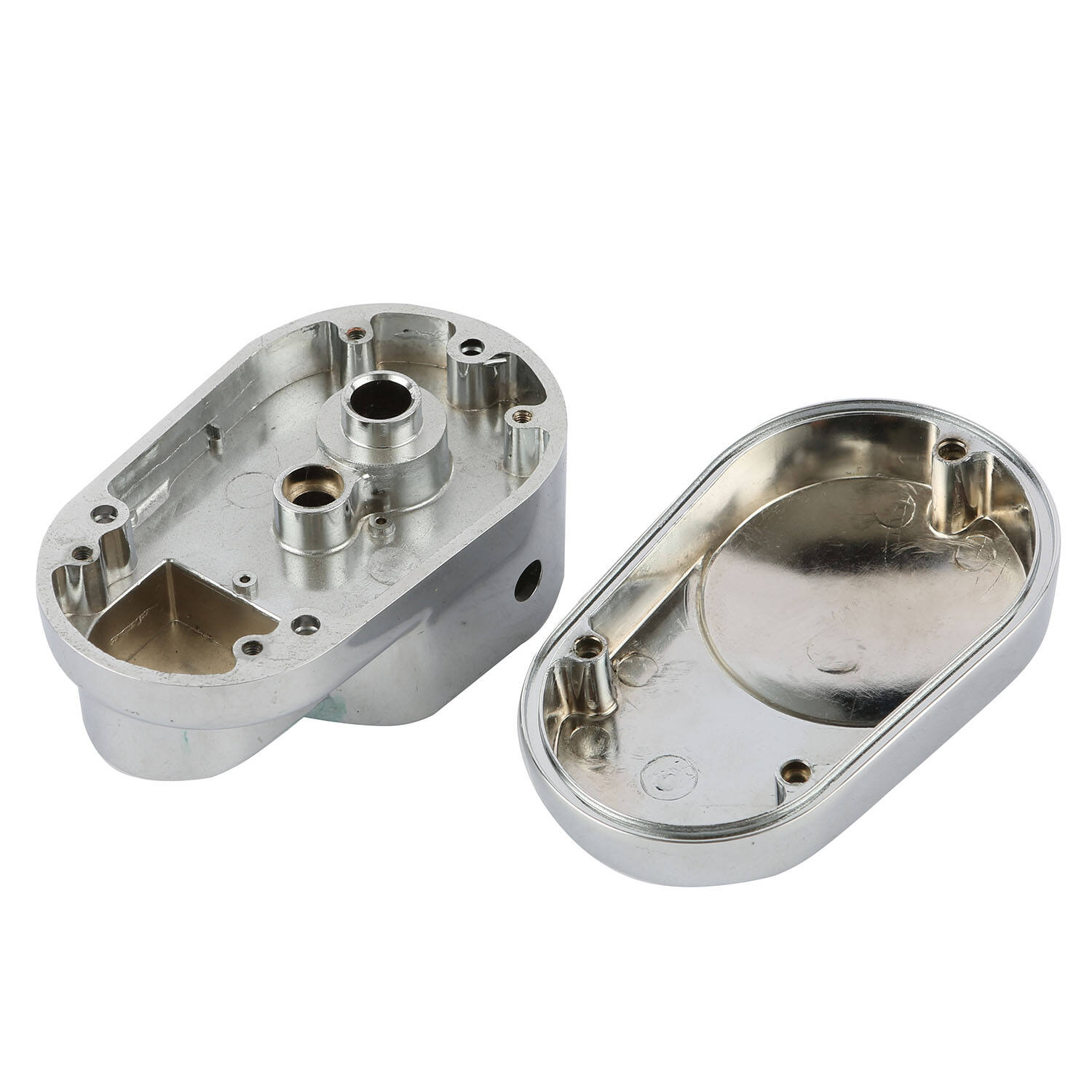Pan mae ffactorïau angen cynhyrchu cydrannau metel, maen nhw'n aml yn defnyddio proses o'r enw castio matrics. Mae'r dull hwn yn cynhyrchu rhanbarthau cryf a phrecis. Mae'r ffordd y mae matricsiau'n cau eu dylunio a'u defnyddio mewn castio matrics yn cael effaith sylweddol ar effeithloni'r broses. Gyda matricsiau a ddylunir â gofâl, gall ffactorïau arbed amser a chostau tra'n dal yn cynhyrchu cynnyrch o ansawdd uchel.
Defnyddiwch Dylunio Smart am Olygais Gwell
Mae dyluniad smart yn chwarae rôl allweddol yn dargyfer hygyrchedd ffwydro dan wasg. Mae hyn yn cynnwys ystyried yn ofalus siâp y gwaithfeydd a'r ffordd mae'r metall hir yn llifo yn ystod y broses ffwydro. Gyda gwaithfeydd dyluniedig yn dda, gall ffactorïau gynhyrchu rhanbarthau'n gyflymach a chynsadd. Nid o'n dim byd hyn yn lleihau amser a chostau ond hefyd yn cynyddu hygyrchedd cyffredinol, sy'n fuddiol i fusnes.
Gwaithfeydd sydd yn Hawdd Defnyddio ar gyfer Cynhyrchu Gwell
Mae dyluniad y gwaithfeydd yn ffactor hanfodol ar gyfer cyrraedd hygyrchedd ffwydro dan wasg. Pan mae gwaithfeydd yn fwy defnyddiwr-friend ac yn strwythredig yn glir, mae gan ffactorïau weithio'n hygyrchach a llai o wallau. Mae gwaithfeydd dyluniedig yn dda yn helpu gweithwyr gynhyrchu rhanbarthau'n gyflymach, yn fwy cyson, a chyda chymeredigaeth uchel—yn y pen draw yn gwella hygyrchedd cynhyrchu cyffredinol.
Defnyddio Offer Cyfrifiadurol ar gyfer Dyluniad Smartach
Mae defnyddio offer cyfrifiadurol yn ffordd effeithiol i wella chwarae castio. Gall rhaglenni symudol brofi gwahanol ddyluniadau ffurf cyn dechrau'r gweithgynhyrchu. Mae hyn yn helpu ffactorïau i darganfod a datrys problemau posib yn gynnar, cyn i'r metall hirfawr gael ei lwytho. Trwy gymhwyso'r offer hyn, gall ffactorïau arbed amser a chynnedd wrth sicrhau cynhyrchion cymeradwy a chynhwysedd uchel.
Pwysigrwydd Dylunio Oched Gwych yn Castio Meirion
Mae dylunio o ansawdd uchel yn hanfodol ar gyfer castio maes llwyddiant. Mae ystyried yn ofalus sut mae fformiau'n cael eu creu a'u defnyddio'n gallu arbed amser arian i ffynhonnau tra bod ansawdd cynnyrch gwell yn cael ei sicrhau. Mae ffynhonnau sy'n mabnu dyluniadau smart, fformiau syml, a chyflwyno offer â chefnogaeth gyfrifiadur yn gallu gwella effeithlonrwydd eu cynhyrchu yn sylweddol. Mae hyn yn galluogi nhw i aros yn ymgy competition ac i barhau i tyfu.
Ynghryf, mae dyluniad castio rhew yn hanfodol. Trwy gymhwyso syniadau clyfar a strategaethau ffrydiau ymarferol, gall ffactorïau gynhyrchu rhanbarthau yn gyflymach, gostau lleia, a chyrraedd canlyniadau mwy cyson. Gyda ymarferion da chweil yn y lleoli, bydd cynhyrchwyr yn hybu eu cynhyrchu presennol yn ogystal â sicrhau llwyddiant hir-dymor yn y dyfodol.
 EN
EN
 AR
AR
 BG
BG
 HR
HR
 CS
CS
 DA
DA
 NL
NL
 FI
FI
 FR
FR
 DE
DE
 EL
EL
 HI
HI
 IT
IT
 JA
JA
 KO
KO
 NO
NO
 PL
PL
 PT
PT
 RO
RO
 RU
RU
 ES
ES
 SV
SV
 LV
LV
 SR
SR
 SK
SK
 SL
SL
 UK
UK
 HU
HU
 TR
TR
 FA
FA
 MS
MS
 GA
GA
 CY
CY
 IS
IS
 HY
HY
 AZ
AZ
 KA
KA
 BS
BS
 LA
LA
 KY
KY




